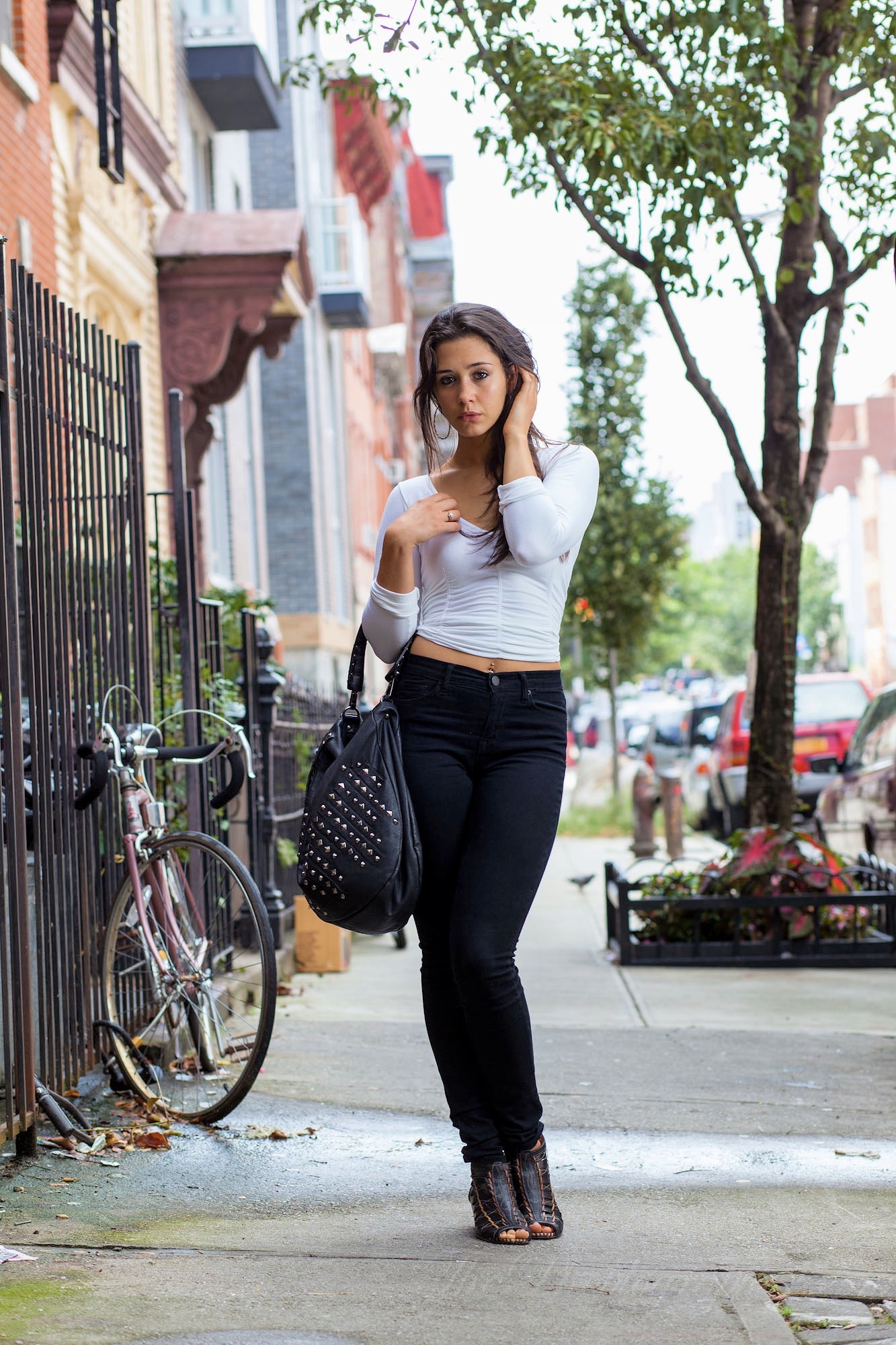Last Updated on 10/04/2014 by Julius Motal
Want more useful photography tips? Click here.
One of the greatest things that you can accomplish technically as a photographer is shooting with a flash during bright daylight and nailing exposure perfectly. If you’re doing this, then chances are that you’ll use a TTL lighting functionality or high speed sync or even making sure that your flash duration is just at a fast setting. But even this can become tedious and frustrating for the best of photographers–especially when using light modifiers like softboxes.
The best approach to a situation like this is to use spot metering on your camera. When you switch to spot metering you can figure out what the exposure is for the ambient/natural light and the flash/strobe output. Spot metering literally meters off of the area that you’re choosing. It ignores things like tying to make the entire scene completely balanced in terms of exposures and works well because it helps you make a more informed decision about what to do with your artificial light.
So where do you begin?
– Set your camera to spot metering mode and meter your subject’s face (providing that you’re shooting a portrait)
– Meter your camera accordingly.
– Use a handheld light meter to judge what aperture you should be shooting at if you’re using a light without TTL. Otherwise, set your aperture to whatever you want and the flash will meter itself hopefully. If it doesn’t then switch to manual mode and do the same method as when using a handheld light meter.
As an extra tip, set your handheld light meter to the fastest shutter speed so that it doesn’t see the ambient light and doesn’t try to work along with it.


